
The cost to carpet stairs depends on the number of stairs, material choice, and staircase type. Read on to calculate your project expenses
Memory foam carpet padding delivers cloud-like comfort, but there are trade-offs
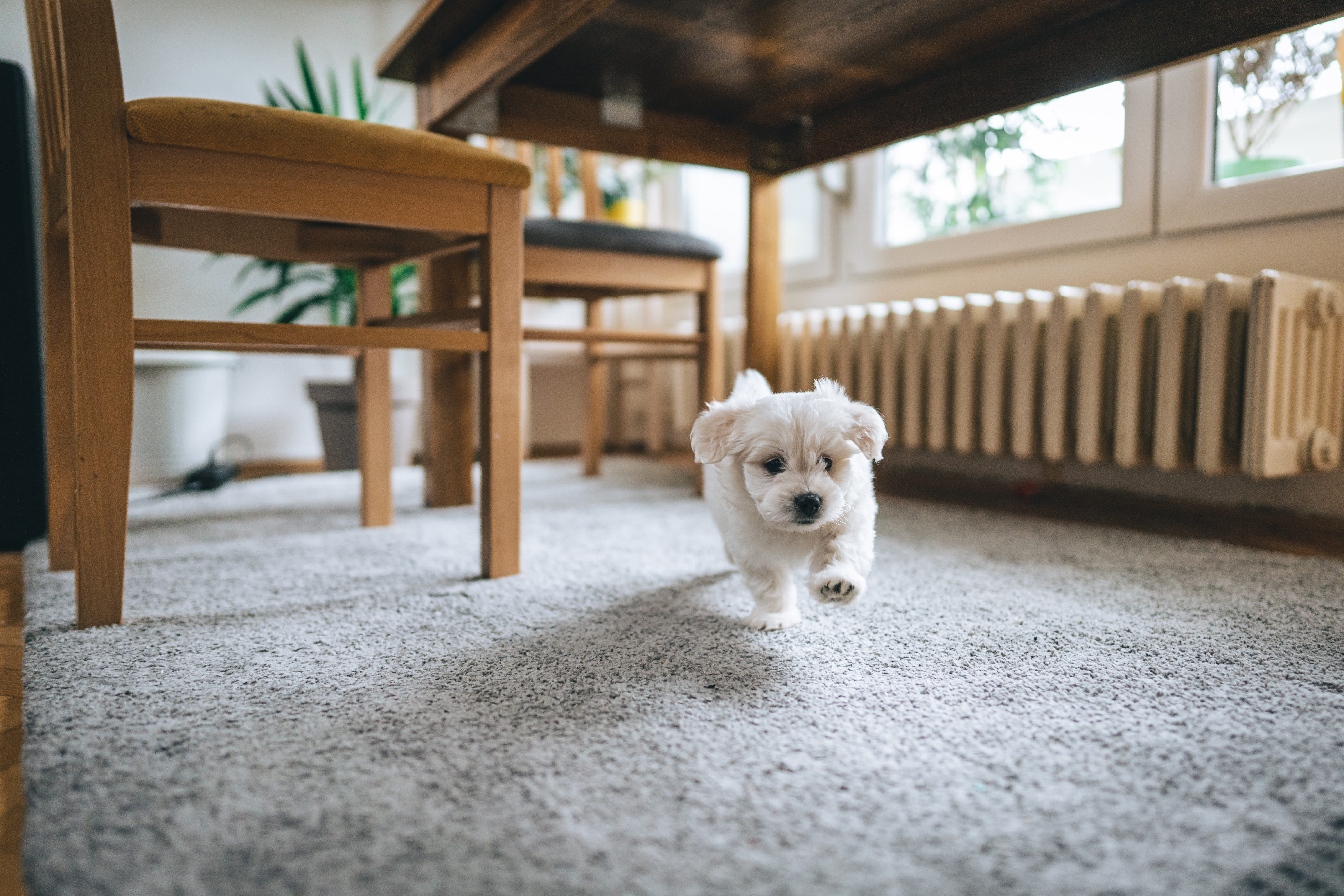

Memory foam padding feels soft and comfortable underfoot, but it won't keep your rugs from sliding around.
This type of padding works best under large rugs in quiet, low-traffic rooms, like a bedroom or home office.
Memory foam lasts for about 10 years and doesn’t get moldy or damaged by moisture.
Homeowners choose memory foam carpet padding for its comfort and durability, but there are also drawbacks to consider. This cushioning material excels at pressure relief and long-term performance, but it lacks the slip resistance you need for high-traffic areas. Here are the memory foam carpet padding pros and cons you need to know to determine if it’s the right choice for your home.
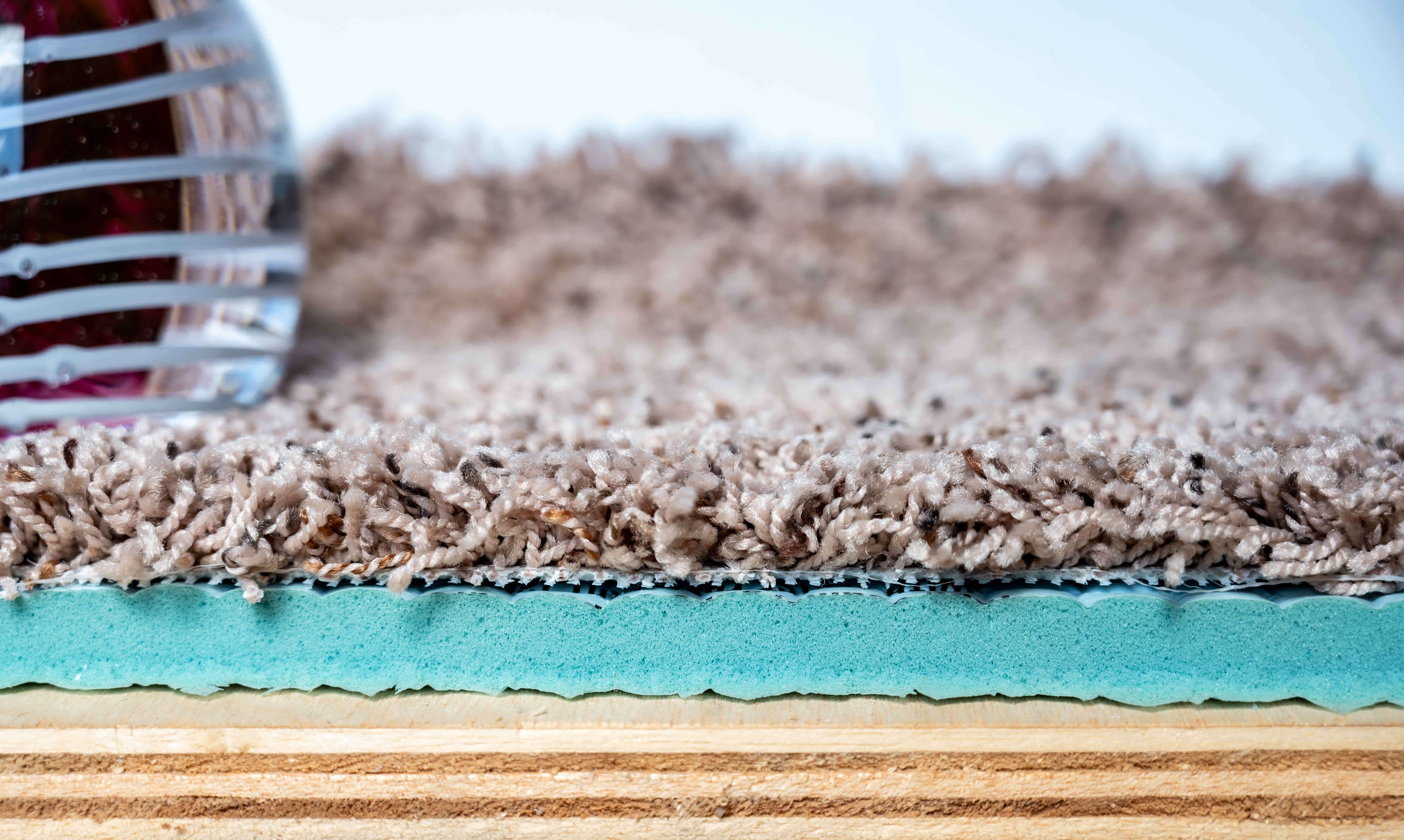
Memory foam carpet padding is a cushioning layer made from viscoelastic polyurethane foam that goes between your carpet or area rug and the floor. Originally developed by NASA in the 1970s for spacecraft seating, this material responds to your weight by molding around pressure points, then bounces back to its original shape once you step away.
Memory foam padding is used in two main ways:
Wall-to-wall carpet installation: The padding is installed across an entire room before it’s stretched and secured, creating a cushioned foundation for the whole floor.
Area rug padding: Individual pieces of padding are cut to size and placed between an area rug and hard flooring, like hardwood, tile, or laminate, to add comfort and protection.
You may need carpet padding if you want that "walking on clouds" feeling underfoot, have hard floors that need extra insulation, or need noise reduction in a multistory home. However, memory foam padding won't grip the floor to keep rugs in place. It works best under large area rugs in calm spaces like bedrooms. Avoid using it in busy areas where things might shift around.
A carpet installer can provide insights and recommendations so you can make an informed decision.
| Pros of Memory Foam Carpet Padding | Cons of Memory Foam Carpet Padding |
|---|---|
| Superior comfort and pressure relief | High cost |
| Long-lasting durability | No slip resistance |
| Resistant to mold and moisture | Limited to low-traffic areas |
| Moderate insulation properties | Heavier than traditional padding |
| Sound-dampening capabilities | Requires precise installation |
Memory foam padding can mold to your feet and provide long-lasting comfort. Here are the key benefits that make it worth considering for your home.
One of the best features of carpet padding is that it contours to your feet and redistributes your body weight, creating a cushioned surface that reduces pressure on your joints. This can help reduce fatigue when you're standing or walking in your home for long periods of time.
Unlike many other types of padding that need to be changed every 3 to 5 years, memory foam padding can last up to 10 years. The material maintains its shape and cushioning properties over time despite regular foot traffic.
Memory foam doesn't absorb water, which prevents mold and mildew growth underneath your rugs. The material allows air to circulate, and it also keeps moisture from getting trapped against your floors, helping protect your flooring and indoor air quality.
Cold floors become more comfortable with this barrier between your feet and the surface, making it cozier to walk across a room for a blanket or warm cup of tea. The material also works in reverse during the summer, providing a buffer against heat from warm surfaces.
Looking at the bigger picture, memory foam carpet padding can contribute to energy savings by maintaining more consistent room temperatures.
The dense foam absorbs footsteps and other sounds, making your home quieter for you and your neighbors. This is valuable in apartments, condos, or multistory homes where noise travels easily between floors. So the next time your kids run across the house or your housemate has a dance party, you can enjoy some peace.
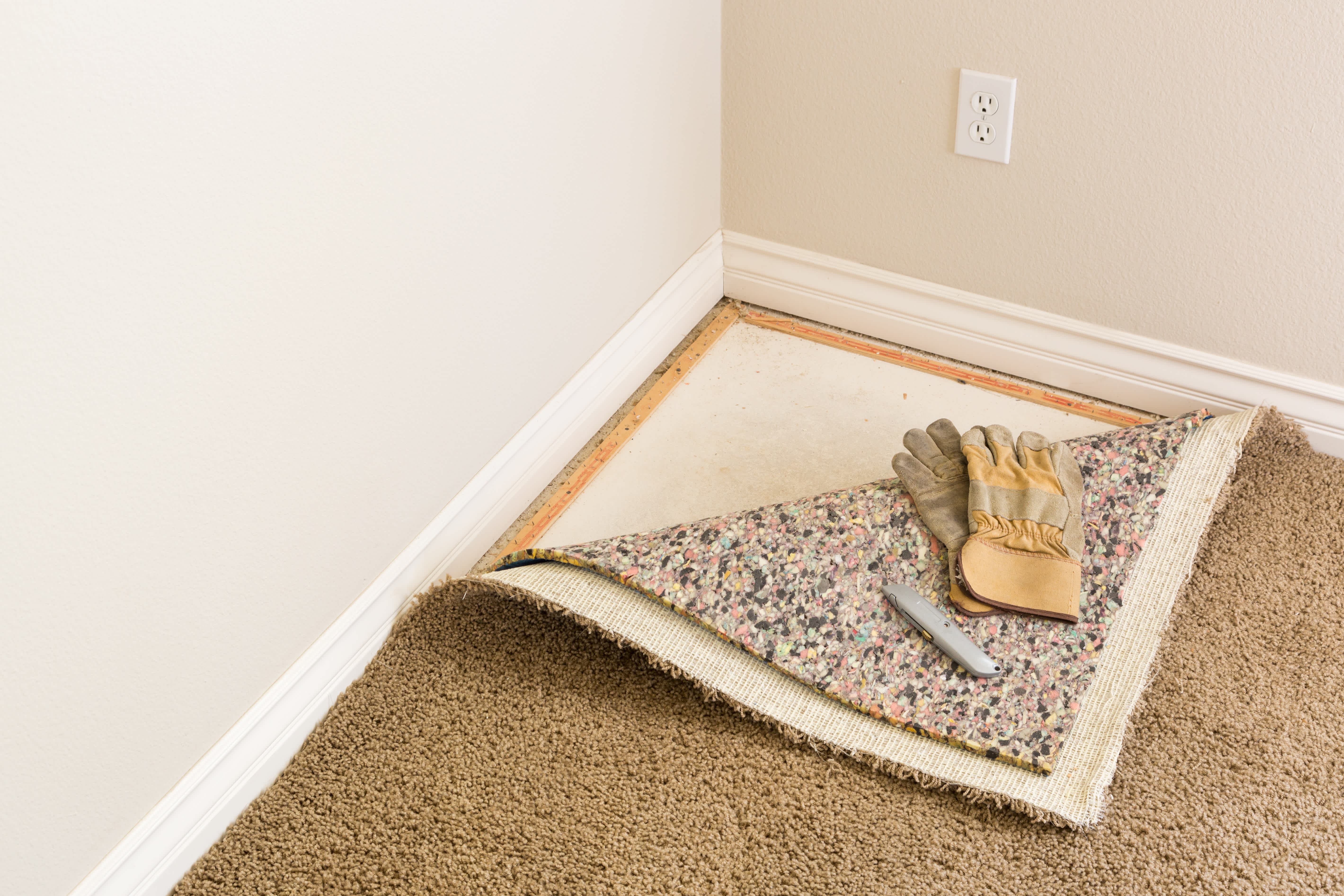
Memory foam padding is more expensive and doesn't prevent rugs from sliding around, making it less ideal for many homes and applications.
Memory foam padding costs $0.50 to $1 per square foot for materials, with carpet installation bringing the total to $1 to $1.75 per square foot. This puts it in the middle-to-upper range compared to budget options like rebonded foam ($0.75 to $1.55 installed) and basic felt padding ($0.85 to $2 installed). To find the best deal, make sure to compare different carpet padding costs.
Memory foam doesn't grip your floor or your rug, meaning smaller rugs can slide around and create tripping hazards. This lack of grip becomes especially dangerous for older adults, young children, or anyone who needs stable footing.
High-traffic zones like kitchens, mudrooms, and busy hallways require padding that can handle frequent movement and provide stability. Memory foam's lack of grip makes it impractical for some spaces, so you’ll have to be strategic about where you can use memory foam in your home.
Memory foam padding weighs more than several alternatives, so it’s more challenging to handle during installation and to move if you want to rearrange furniture. The extra weight also puts more stress on your flooring system over time.
Memory foam needs precise cutting and careful positioning to avoid creating bumps or uneven surfaces under your rugs. The material can't be compressed or folded like some other types of padding. For the best results, hire a carpet installer near you who has the expertise to properly install memory foam padding.
If memory foam doesn't fit your needs or budget, you can consider other padding options:
Waffle Rubber Padding: This option provides excellent grip for high-traffic areas and smaller rugs that slide. The textured surface grips both your floor and rug backing, making it ideal for kitchens, entryways, and hallways.
Rebonded Foam Padding: This is the most wallet-friendly option that still offers decent cushioning. Made from recycled foam scraps, it works well for bedrooms and low-traffic areas when you want comfort without the premium price.
Felt Padding: A traditional choice that provides moderate cushioning and works with most rugs. It's lighter than memory foam and easier to install.
Prime Foam Padding: This padding offers better durability than rebonded foam with more consistent cushioning. It's a middle-ground option for families who want reliable performance without memory foam's specialized benefits.
Flat Rubber Padding: This premium option prevents rug movement and is best for areas where you want to prioritize safety and stability. Keep in mind that you will sacrifice some comfort with this padding.
Carefully consider which of the above is the right carpet padding for your needs. Do some digging and look at different options for different areas of your home. Your carpet pro can help you choose the right padding for your home.
Memory foam padding can be a solid choice for your home if you prioritize comfort and want a plush underfoot feeling. Memory foam padding works best when you place large, heavy area rugs in low-traffic spaces like primary bedrooms or home offices. Also, consider placing it where people spend time standing or walking barefoot.
On the other hand, skip memory foam if you need padding for smaller rugs, high-traffic areas, or spaces where children and older adults need stable footing. It's also not the right choice if you frequently rearrange your furniture since the weight and installation requirements make memory foam less flexible than other options.
From average costs to expert advice, get all the answers you need to get your job done.

The cost to carpet stairs depends on the number of stairs, material choice, and staircase type. Read on to calculate your project expenses

The average range to remove carpet costs $120 to $720. Contractors base carpet removal costs on square footage, home location, and installation type.
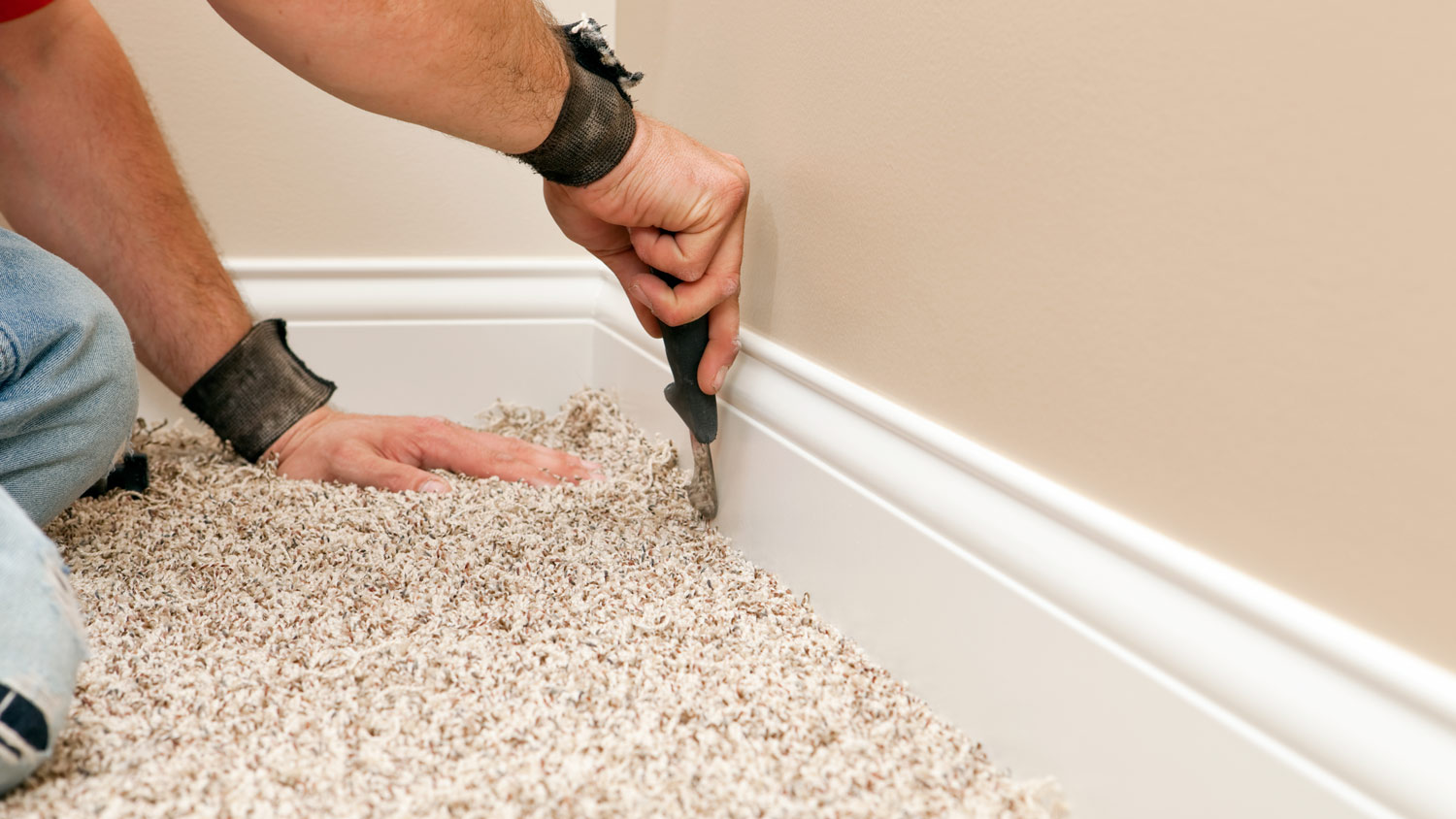
Get a clear estimate for carpet repair cost. Learn what impacts pricing, compare repair types, and find ways to save on your next carpet project.
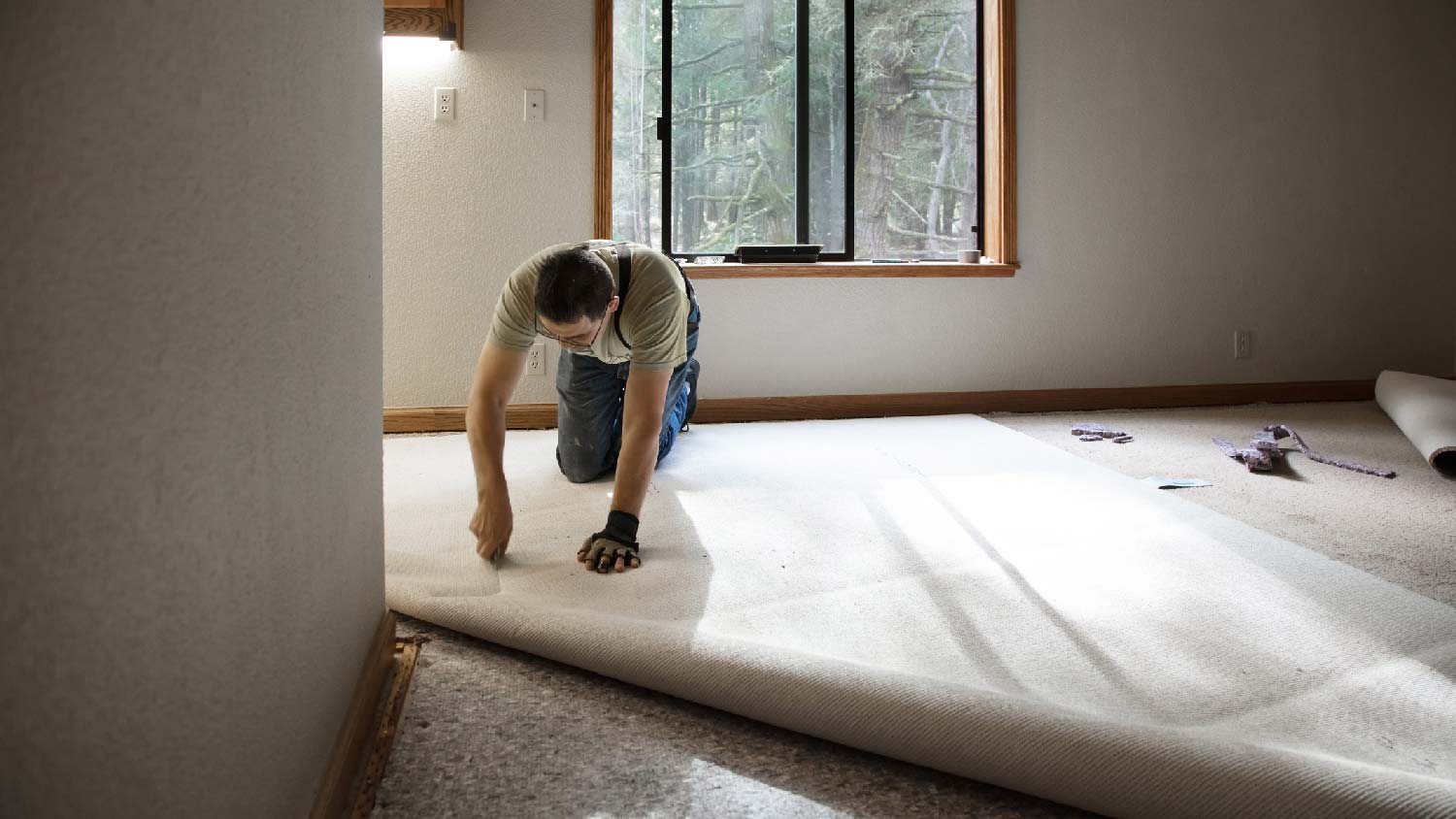
Carpet padding helps the carpet last longer and makes it more comfortable, among other benefits. If you’re wondering whether you need carpet padding, we have answers.

When your home needs new carpet, you’ll need to answer the question, “How much carpet do I need?” Here’s how to measure the right way.

Between wool versus nylon carpet, which should you choose? Your carpet will be under your feet for years to come, so picking the right material is crucial.